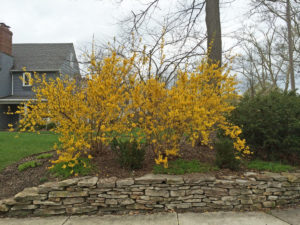
Forsythia allowed to grow naturally
Forsythia in bloom is beautiful if early frosts haven’t killed the flower buds. It is also the widespread signal that spring has arrived and along with it, millions of dormant weed seeds in the garden that are about to sprout. Therefore, gardeners, ready, get set, go.
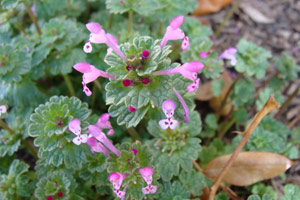
Henbit (ferta-lawn.com)
Because we’ve already had so much warm weather, chickweed and henbit are now flowering so it’s too late to kill those weed seeds. For these, there are two answers: dig (don’t pull – the roots are stronger and spread further than you think) or spray with a post-emergent herbicide. Digging is the more environmentally friendly method.
It’s not too late for weed seeds that have not emerged yet. There’s still time to apply pre-emergent weed preventers for those. If you combine a pre-emergent like Preen or corn gluten with mulch, you can stop many weed seeds from rooting.
For gardeners wishing to minimize hours lost to weeding, here are more tips for getting ahead, and staying ahead, of troublesome garden weeds.
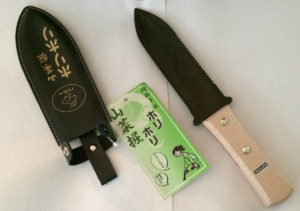
Hori
- Get rid of existing weeds
Mulch and pre-emergent weed preventers don’t kill weeds. They prevent weed seeds from sprouting. So, first, any existing weeds must be removed. Manual weeding is the safest and surest method. It’s especially important to remove weeds, roots and all. And definitely don’t ever let them gain size and go to seed! If you are using a trowel, I highly recommend that you switch to a hori which is much easier on your wrist and your elbow. I keep horis in stock and you can contact me if you wish to purchase one. - Add mulch as a first line of defense
Mulch is an important and effective weed-fighting tool. Mulch deprives weed seeds from the light they need to sprout. A two-inch layer of mulch goes a long way toward preventing garden weeds. - Prevent new weeds from starting
Using a pre-emergent weed preventer combined with mulch offers a one-two punch against weeds. Together they can stop weeds for up to three to four months, working on seeds in the top layer of soil or mulch, plus those carried in by the wind, birds or animals. Early spring is prime time to begin a weed prevention routine, with an additional application in mid-summer to extend protection against late summer- and fall-sprouting weed seeds. Just sprinkle the granules directly on top of the mulch. - Activate the weed-control barrier
After applying your pre-emergent of choice, water with a hose or sprinkler to activate it. Once activated, they bond with the soil, creating an invisible weed-control barrier that stops seeds from sprouting and, used as directed, won’t affect existing garden plants. The granules form an invisible chemical barrier. It is crucial that the barrier not be broken. If you plant in that area, you will break the barrier and will need to reapply the pre-emergent.
Weed preventers won’t build up in the soil, wash away or leach into ground water. Within six months to a year or so the active ingredient is broken down by soil microbes and is no longer active. As with all garden products it’s important to read and follow the directions on the label.
- Get to know your weeds
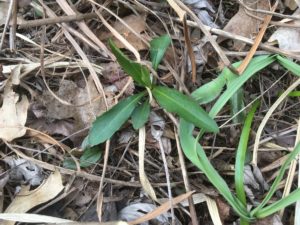
Wild aster foliage
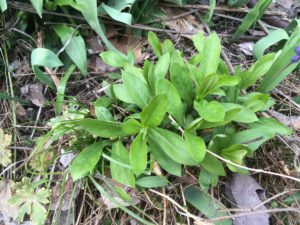
Phlox foliage
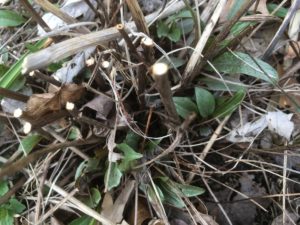
Echinacea foliage
Weeds are clever. I never cease to be amazed at how many resemble a nearby plant that we value. So learn to recognize them. It’s definitely a learning experience and sometimes you won’t know until midsummer or even early fall which plants are weeds and which are valued perennials. There is a wild aster with roots which spread widely. Unfortunately, the leaves of the aster bear a strong resemblance to phlox and to Echinacea so you won’t know which one you have until the aster blooms with its cluster of tiny white flowers.
Happy hunting.


0 Comments